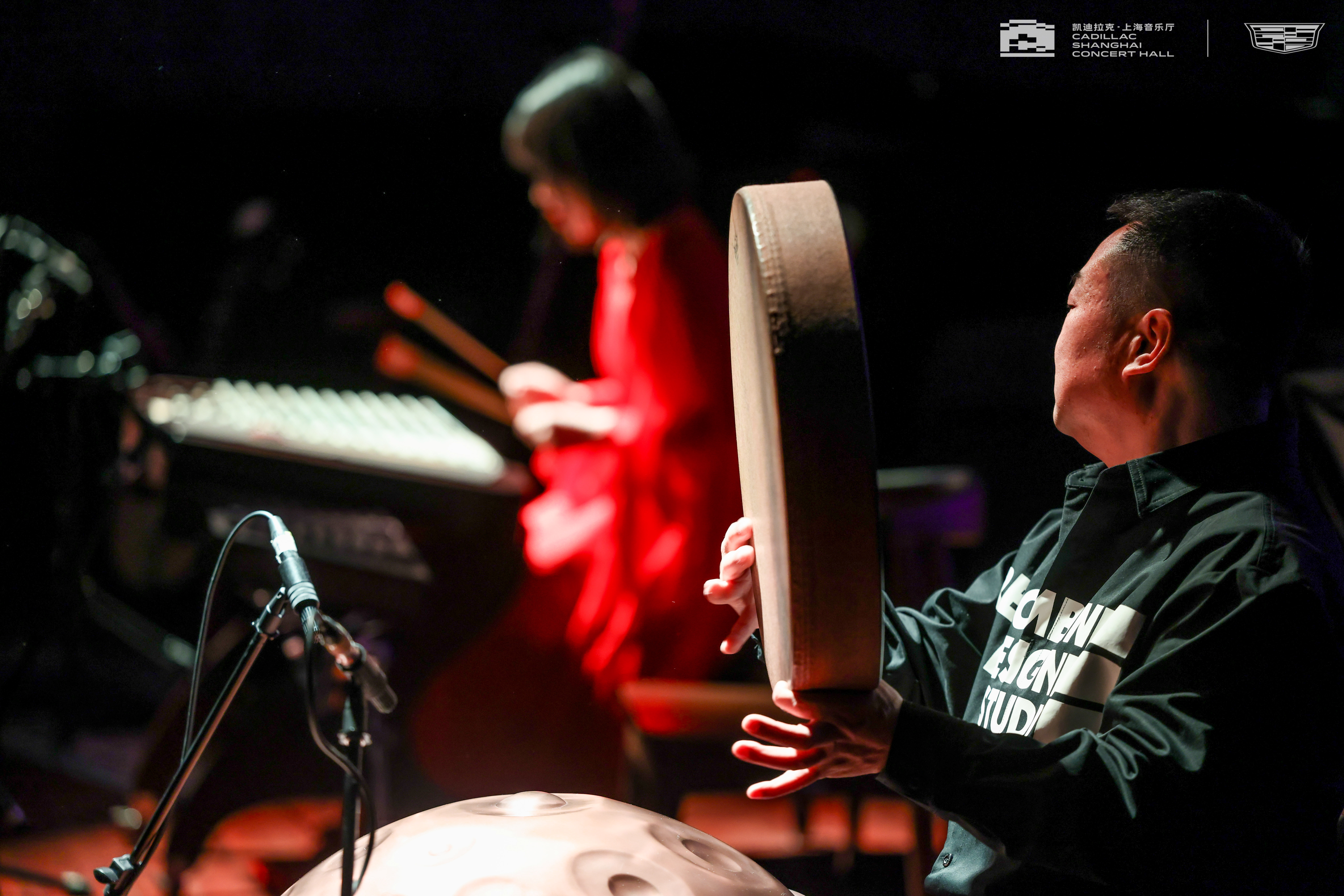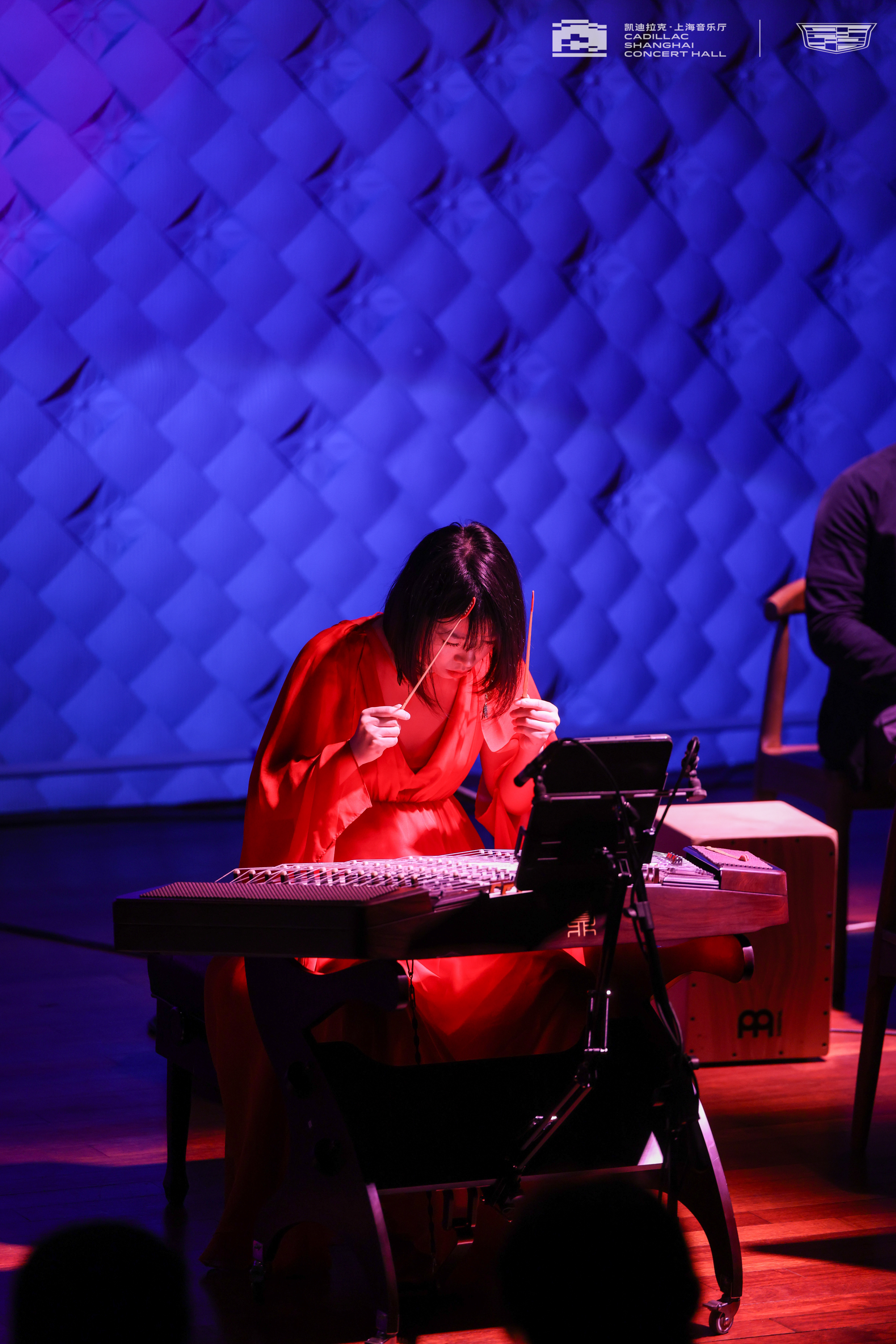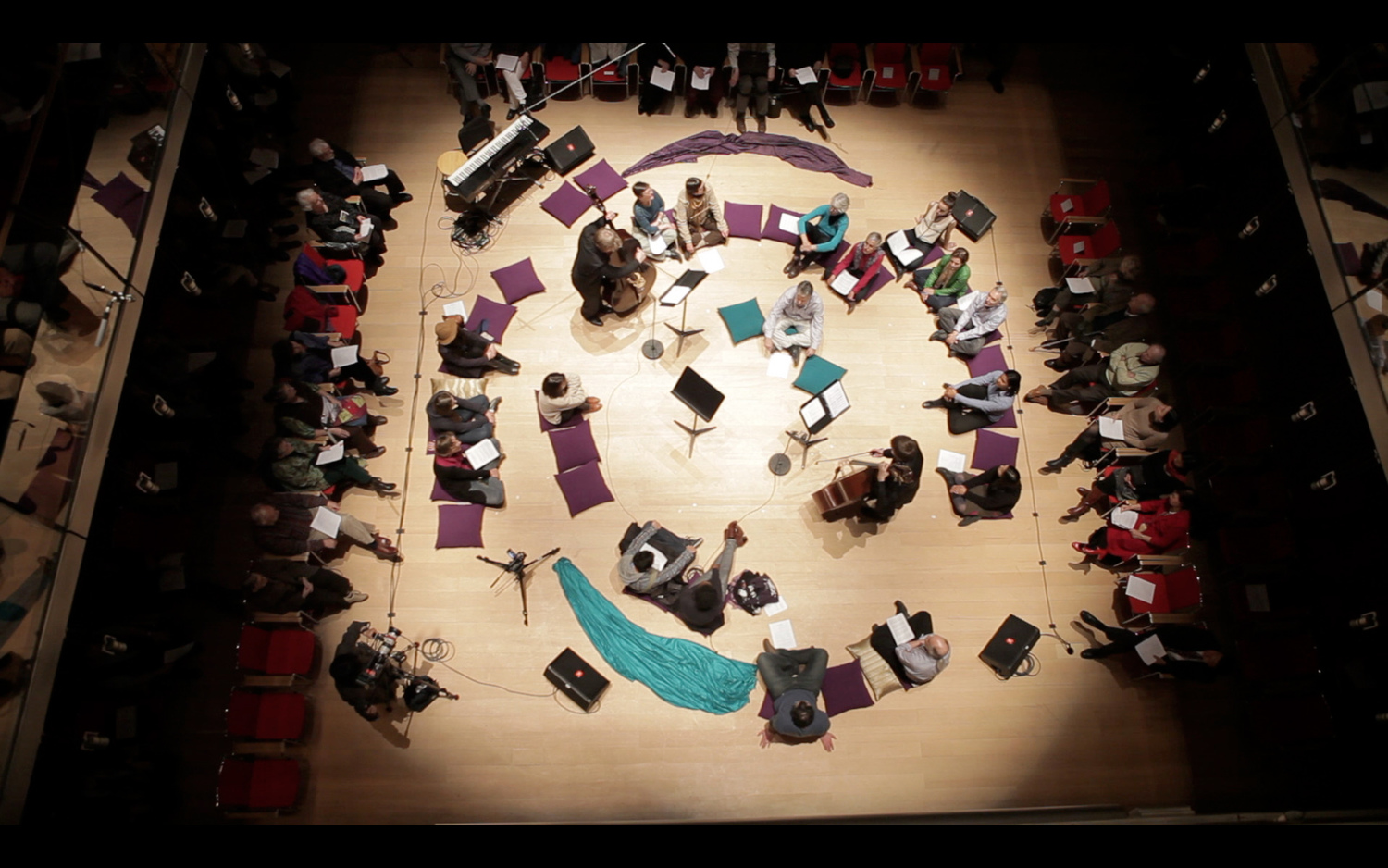珠落玉盘

弹词三六

Wild bees fly

珠落玉盘-上海音乐厅专场合集

将军令-传统扬琴

《瑶山夜话》|《 Night Talks in Yao Mountain》

作曲:许学东这是一首具有典型瑶族特色的扬琴,乐曲旋律优美,节奏新颖,技巧独特,体现了浓厚的少数民族韵味。全曲以一小段瑶族民间音乐为动机,运用了回旋、变奏、模进、复调等西方作曲手法。刻画出瑶族人民积极生活、载歌载舞的美好景象。神秘的引子营造出静谧中的瑶山夜景;柔美的主题音调引出如诉般的情歌、祭祀先祖的火舞寄托着山民对自然的崇敬;尾声在迷离的音调中进入物我两忘、人鬼共处时的幻境,好似一副大写意般的风情水墨画。本曲把少数民族音乐元素和西方作曲技法完美地结合在一起,既保留了少数民族音乐的特色,又不乏现代作曲手法的优势。This representative work of Yao ethnic musicology employs rotational motifs, contrapuntal development, and modern compositional techniques to recreate the spiritual world of Yao people. The ethereal prelude transitions through ancestral rituals, lovers' laments, and ecstatic fire dances, culminating in an otherworldly finale where reality merges with myth.
《烟姿》

《烟姿》-作曲:刘畅“翠色连荒岸,烟姿入远楼;烟姿是柳色。烟姿玉骨尘埃外,看自有神仙格;烟姿是梅影。轻盈曼妙,婀娜芳姿,清逸秀润,顾盼牵情;烟姿更是一双飞竹之下灵动秀逸的清脆声响。”《烟姿》以湖南湘西地区的桑植民歌为主题动机,共分为引子、慢板、中板、快板、高潮、尾声,六个部分,结构精巧,构思缜密,凸显了扬琴清丽的敲击音色。请翻译以上文字Misty Elegance"** Composed by Liu Chang "Emerald hues stretch along desolate shores, misty elegance ascends distant towers; *misty elegance* is the willow's hue. Jade-like bones transcend worldly dust, bearing celestial grace; *misty elegance* is the plum blossom's shadow. Lithe and graceful, delicate allure; pristine elegance, glances that captivate—*misty elegance* is also the crisp resonance of dancing bamboo sticks beneath a fleeting breeze." Misty Elegance* draws inspiration from the Sangzhi folk melodies of western Hunan's Xiangxi region. Structured into six meticulously crafted sections—prelude, slow movement, moderate movement, allegro, climax, and finale—the piece highlights the yangqin's crystalline percussion tones. Through its intricate design and poetic imagery, the composition weaves a tapestry of ethereal beauty, embodying the interplay of fragility and resilience in nature's ephemeral forms.
《云端》|《Yun Duan》

《云端》作曲:王瑟 该曲用诗画般的音乐语境,体现出“天人合一、物我两忘”的人文精神追求。作者巧妙利用了扬琴乐器自身长延音的特点,用交叉声部快速分解式的进行衬托出长线条旋律,使旋律更富有和弦式的音响效果,从而更好的描写风起云涌、变幻莫测、云卷云舒、时光流转的意境。Above the Clouds" Composed by Wang Se This piece employs a poetic and picturesque musical language to embody the spiritual pursuit of "harmony between heaven and humanity, transcendence of self and materiality." The composer ingeniously utilizes the yangqin's inherent characteristic of sustained resonance, layering rapid cross-voiced arpeggios to support long melodic lines. This technique enriches the melody with chordal harmonic effects, vividly portraying the imagery of swirling winds and gathering clouds, unpredictable transformations, drifting cloudscapes, and the eternal flow of time.
《查尔达斯》|《Czardas》

《查尔达什舞曲》(Czardas),是意大利小提琴家作曲家维托里奥·蒙蒂于1904年创作的小提琴曲,基于匈牙利马札尔人及吉普赛人的民俗舞蹈查尔达什所写成的狂想曲。该曲在全世界范围广为流传,曾被改编各种乐器的独奏版本、多种器乐组合的重奏版本。《Czardas》Composed by Vittorio Monti (Italy, 1904) This iconic violin rhapsody, inspired by the Magyar folk dance *csárdás* and its vibrant Roma reinterpretations, has achieved global prominence since its creation. Monti's work masterfully captures the fiery passion and melancholic lyricism of Hungarian folk traditions, alternating between the *lassú* (slow, expressive preamble) and *friss* (rapid, virtuosic finale). Universally celebrated, the piece has been adapted for solo performances across diverse instruments and reimagined for chamber ensembles, solidifying its status as a cornerstone of cross-cultural musical dialogue.